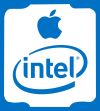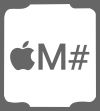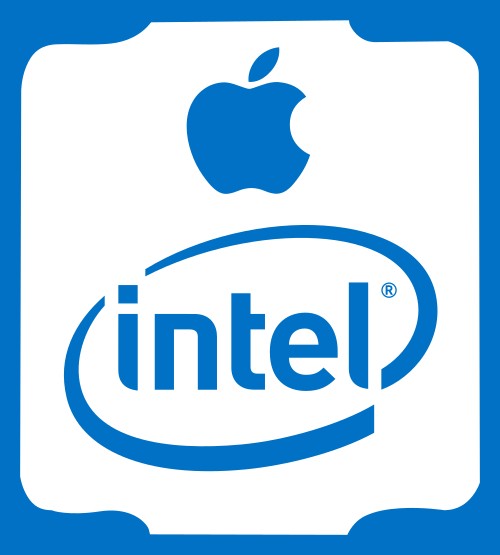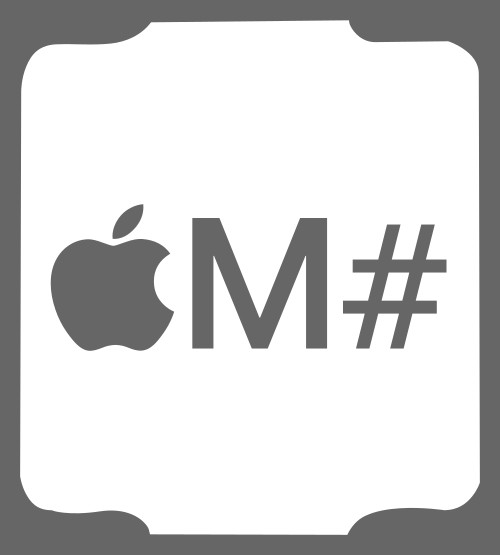Whonix for macOS: Download and Installation
Whonix for Apple macOS on Intel-based MacBook and Apple Silicon.
Select your hardware platform below.
Intel-based MacBook

For Mac computers with an Intel processor, Whonix can be run inside VirtualBox.
Follow the documentation on the VirtualBox wiki page.
Apple Silicon

For Mac M1, M2, M3, M4, ...
Whonix is not yet available for Mac M1, M2, M3, M4, ... No ETA (estimated time of arrival). No need to ask for status updates. Any updates would certainly be posted in the usual channels, see Stay Tuned.
| About this For Whonix on Apple Silicon Chapter Contributor maintained wiki page. | |
|---|---|
| Support Status | Unmaintained. Development stalled. |
| Difficulty | hard |
| Contributor | Past: Gavin Pacini |
| Support | Whonix on Mac M1 (ARM) |
First things first
- Right now, you need to build Whonix using the build script to get it running on Apple Silicon.
- This can be improved in the future. If you want to help, please visit this forum thread

.
1. Environment Setup
- download UTM

and install
and follow these instructions to install your own Debian arm64 based VM
- Debian
bookwormnetinstall disc image - open UTM
- click "Create a new virtual machine"
- click "Virtualize"
- click "Linux"
- click "browse" and select the downloaded netinstall image iso file
- and then click "Next"
- on the "Hardware" screen just leave the defaults (4 GB RAM, 4 cores). GPU acceleration is not recommended at this time as it crashes randomly.
- and then click "Next"
- on "Storage" click "Next"
- click "Browse". Choose the directory that you want the built Whonix images to end up in.
- and then click "Next"
- verify settings on the "Summary" page and then click "Save"
- start the new VM and install linux by following the instructions on screen.
- once installation is finished boot into VM again.
- open a terminal and run
sudo apt install spice-vdagent spice-webdavd dosfstools - change VM hostname to
host
Double click the utm file to import it.
2. Initial Build
Follow the build documentation here and be sure to set build parameters:
--arch arm64and--target utmwhen running the build script as part of the Dev/Build_Documentation/images#VM_Creation step.--tb openwill result intb-updater(update-torbrowser) (Tor Browser Downloader by Whonix developers) attempting to download Tor Browser during the build process but fail open (continue the build without error) should the download fail.--repo truewill result in Project-APT-Repository being enabled.--vmsizedefines the size of the virtual hard drive.--vmsize 15Gwill create 15 GB disk size for the gateway.--vmsize 25Gwill create 25 GB disk size for the workstation.- These numbers are arbitrarily chosen and not yet optimized. Feel free to use higher disk sizes. Lower disk sizes are ok too. In worst case, the build will fail or the disk will full up.
- It is possible to increase the virtual hard disk size later.

Build commands should Look similar to:
- ~/derivative-maker/derivative-maker --flavor whonix-gateway-xfce --target utm --arch arm64 --tb open --repo true --vmsize 15G
- ~/derivative-maker/derivative-maker --flavor whonix-workstation-xfce --target utm --arch arm64 --tb open --repo true --vmsize 25G
Provided you have built correctly, you will now have two .tar.gz files in the ~/derivative-binary (they will look something like Whonix-<flavour>-Xfce-17.4.4.6.utm.tar.gz), one for the Workstation and one for the Gateway.
- move the .tar.gz files into the shared folder, so they are transferred to your Mac.
3. Import utm files
- unzip the tar.gz files
- double click each utm file to import it
NOTE: The utm files are completely configured and use special networking. They will work as-is, but feel free to tweak memory, or other settings.
TODO:
non-Apple Hardware Hackintosh

Virtualization on osx86 aka "Hackintosh" machines with unmodified "vanilla" kernels works well, but some additional BIOS/UEFI settings need to be confirmed to ensure system stability. As of November 2018 Intel VT-d![]()
is not recommended, although some systems may function if it is enabled. Later BIOS revisions from American Megatrends Inc. (AMI) seem to have improved support compared to earlier releases.
AMD-Vi![]()
is not supported, since kernel modifications violating Apple Inc.'s End User License Agreement (EULA) are required to run macOS on platforms other than Intel. It is also recommended to disable the Integrated Graphics Processing Unit (IGPU) if PCIe graphics
![]()
are in use, as well as disabling any SuperIO/Serial Port options if listed in BIOS. If virtualization problems related to unsupported architectures or features are encountered, please first consult appropriate community forums and wikis available on the Internet.
Miscellaneous macOS Advice
[edit]For miscellaneous advice, please press on learn more on the right.
If the same VMs will be used on multiple systems like Boot Camp or even two different physical machines, then they can be moved to a shared or external hard drive:
- Copy the VirtualBox VMs folder mentioned earlier to the new location.
- Select the VMs you moved and then click remove.
- When prompted, select "Delete files".
- Re-add the VMs from their new location by selecting
Machine=>Add, then navigating to the new folder.
exFAT![]()
is the easiest format for cross platform file sharing with Windows and Linux. exFAT is an option built into Apple's "Disk Utility.app" when initializing or reformatting a storage device. Select exFAT from the drop down menu that appears when you click "Erase". The default option is HFS+ on 10.13 "High Sierra" and earlier and APFS on 10.14 "Mojave".
Note that with its POSIX![]()
kernel and BSD roots, many issues that arise on macOS hosts can be addressed using strategies similar to other Unix-like OSes.
See Also
[edit]
We believe security software like Whonix needs to remain open source and independent. Would you help sustain and grow the project? Learn more about our 13 year success story and maybe DONATE!




















